Products
Services and Advertising Systems
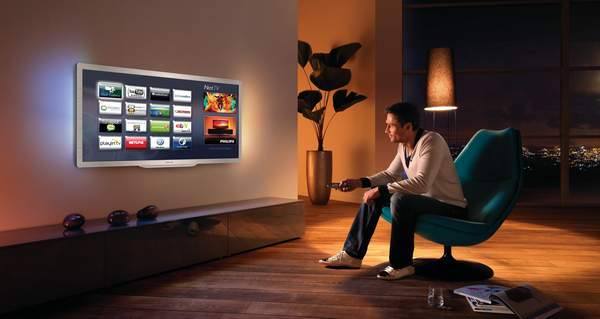
1
Guest Room Display and Satellite System
The Guest Room Display and Satellite System is designed to provide hotel guests with a wide range of entertainment and informational content directly within their rooms via in-room display screens, typically utilizing satellite technology.
This service usually includes a diverse selection of television channels and digital programs that guests can choose from and watch. In addition to television channels, additional services such as recent movies, entertainment shows, sports, and news may also be provided through satellite technology.
This system is an essential part of the modern hotel stay experience, offering guests comfort and entertainment within their rooms, and allowing them to relax and unwind after a day of travel or work.
Moreover, hotels can use the display and satellite system to deliver important information to guests, such as hotel services, nearby attractions, local restaurants, upcoming events, and more, by incorporating interactive messages on the in-room screens.

2
Video Wall System
A Video Wall System consists of multiple flat screens mounted side by side to form a single large display. This system is typically used in public spaces and large areas such as conference halls, exhibition halls, major stations, airports, and large commercial venues.
The various screens in a Video Wall System are connected to a central network that controls the content displayed on them. The screens can be configured in different shapes, sizes, and arrangements based on spatial needs and desired design.
The Video Wall System is used to display a wide range of high-quality content, such as promotional videos, advertisements, presentations, interactive digital information, and more. It can attract audience attention and deliver strong and impactful visual messages.
Additionally, the Video Wall System can be used to display live data such as news, graphical data, and other important information that needs to be prominently displayed and visible to many people simultaneously.
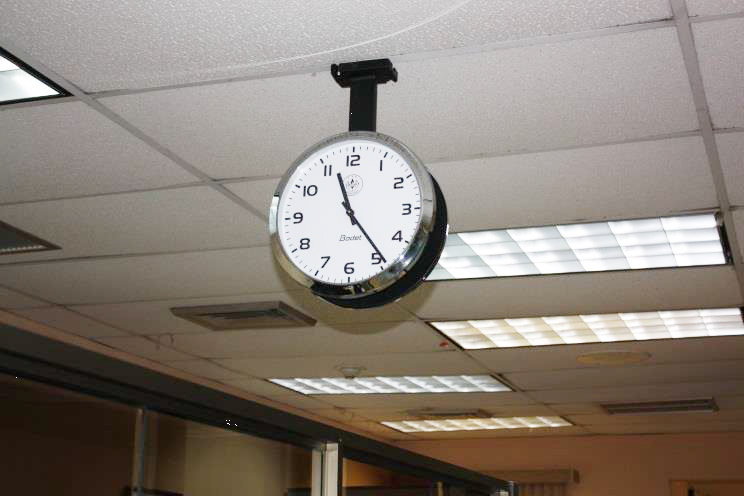
3
Central Clock System
A Central Clock System is a network used to synchronize and time all clocks in a specific location, such as schools, government buildings, hospitals, commercial institutions, or airports. The primary objective of this system is to ensure uniformity and accuracy of time display across the entire location, facilitating the organization of schedules, appointments, and coordination of activities.
The Central Clock System typically consists of a central master clock that accurately displays the time and is connected to a network that distributes the time feed to subsidiary clocks throughout the building or area. These subsidiary clocks are programmed to synchronize with the master clock, ensuring precise and reliable time display in all areas.
The Central Clock System can include additional features such as displaying the date and time in various formats, alerts for important events, and distributing audio signals to mark the beginning and end of time periods such as classes or conferences.
The Central Clock System is an essential tool for time management and coordination in large institutions and buildings, contributing to improved efficiency and discipline in operations.

4
Instant Call System
An Instant Call System is a network used in institutions and facilities to enable individuals to request immediate assistance or support when needed. This system relies on providing effective and rapid communication methods between those in need and the staff or teams designated to provide assistance.
The Instant Call System typically includes a range of devices and technologies such as wireless devices, tablets, or specialized smartphone applications that can be used to request help with a simple press of a button or a single tap.
Upon receiving a help request, it is directed to the appropriate team or designated staff member to provide support, whether in the field of health, safety, security, technical services, or other areas. The system identifies the location of the request and efficiently directs it to the appropriate person to respond as quickly as possible.
The Instant Call System is a crucial tool for enhancing safety and providing comfort to individuals within institutions, as well as for promoting effective communication and interaction between employees and the support teams.
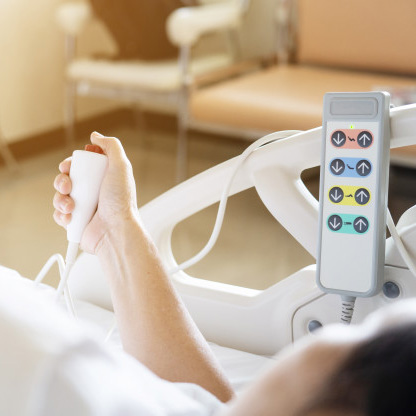
5
Nurse Call System
A Nurse Call System is a network used in hospitals and medical facilities to allow patients to request immediate assistance or medical care from nurses. This system relies on call devices installed in patient rooms, enabling direct communication with nurses when help is needed.
The Nurse Call System typically includes call devices with a button that patients can press when they need assistance, whether for medication, medical care, or to report an emergency. The alert is sent to the nurses through display devices or a digital system that indicates the patient’s request and location within the hospital.
The Nurse Call System is a crucial tool for improving the quality of healthcare and the speed of response to patient needs. It also enhances the patient experience in the hospital by increasing their comfort and safety, providing them with reassurance that help is readily available without delay.

6
Waiter Call and Valet Parking System
The Waiter Call and Valet Parking System is designed to enhance the customer experience in restaurants or other commercial establishments that offer dining or valet parking services. This system provides efficient and convenient service to customers, ensuring their needs are met promptly.
- Waiter Call System: This includes call devices installed at each table or seating area, allowing customers to request assistance or place orders. By pressing the button, customers can send a signal to the waiter, ensuring their request is received and addressed quickly.
- Valet Parking System: This system allows customers to request valet parking service easily and efficiently. Customers can use a smartphone app or special call devices to request valet service. On-site staff can receive and handle these requests promptly to provide excellent service to customers.
The effectiveness of this system relies on the seamless integration of the call devices and valet parking system with the daily operations of the restaurant or commercial establishment. This system improves customer experience and satisfaction, increases service efficiency, and streamlines operations within the establishment.
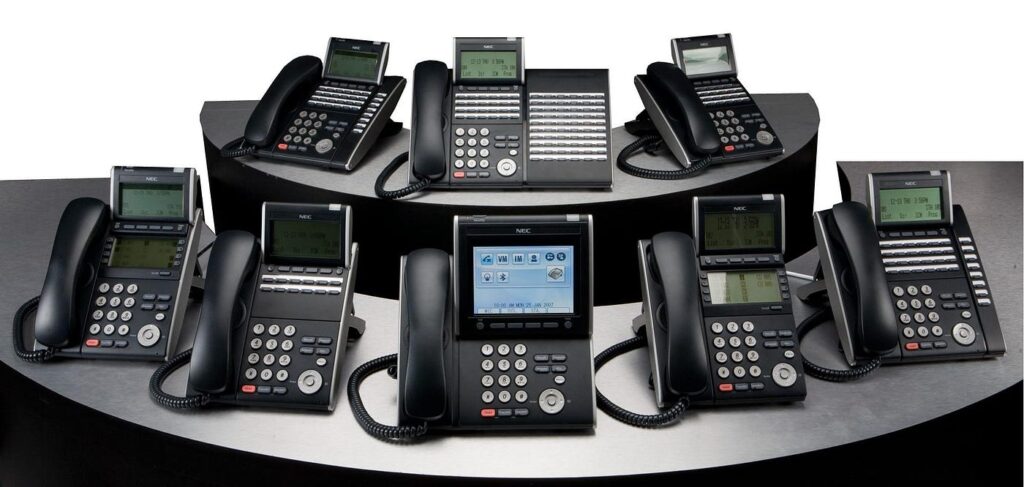
7
Telephone Exchange System
The Telephone Exchange System is a system used in buildings and institutions to provide internal communication between different departments and individuals within the building. It is considered an essential part of the internal communication structure in companies and organizations.
The telephone exchange system typically includes the following components:
- Internal Telephones: These are the primary communication units within the building, used for communication between different departments and employees.
- Main Control Panel: This serves as the operating base of the system, providing means to manage, route, and store relevant call information.
- Switchboard Devices: These are devices that manage call operations, route calls between employees, and provide additional services such as automatic call routing.
- Audio Systems: Used to provide automated voice messaging services, announcements, and alerts within the building.
- External Communication Gateways: Used to connect to the external network and allow incoming calls from outside the building.
The telephone exchange system provides an efficient and centralized means of internal communication in institutions, increasing communication efficiency among employees and contributing to improved call management and organization. These systems also offer additional features such as automatic call forwarding, recording, and reporting to help companies enhance customer services and manage internal communications.

8
Intercom System
The Intercom system is a system used for voice communication between various components within a specific location such as a building or facility. This technology is used for internal communication among individuals in the same location, such as neighboring rooms or different departments within a building.
The Intercom system typically consists of a set of internal devices connected to each other, and may include buttons or call reception devices. Individuals can use them to easily communicate with each other without the need for external telephones.
The Intercom system is used in a variety of environments, including residential homes, businesses, hospitals, schools, hotels, industrial facilities, and others. It is considered an effective means of internal communication, facilitating coordination among individuals in environments that require quick and efficient communication.
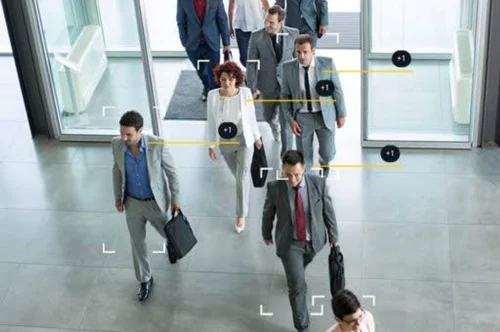
9
Visitor Counting System
The Visitor Counting System is a system used in commercial establishments, government institutions, and public facilities to track and record the number of people visiting the premises during a specified period of time. This is typically done using entry and exit systems, which may include the use of entry cards, motion detection devices, or access control systems.
The Visitor Counting System allows for the analysis of visitor flow and the provision of accurate reports on visitor volume during specific time periods. This information can be used for crowd management, resource planning, improving customer service, and analyzing trends and behaviors.
The effectiveness of the Visitor Counting System depends on the accuracy and reliability of the systems used to track movement and record entry and exit, as well as the system’s ability to analyze data and generate reports effectively. This system is considered an important tool in resource management and improving customer experience in various environments and industries.
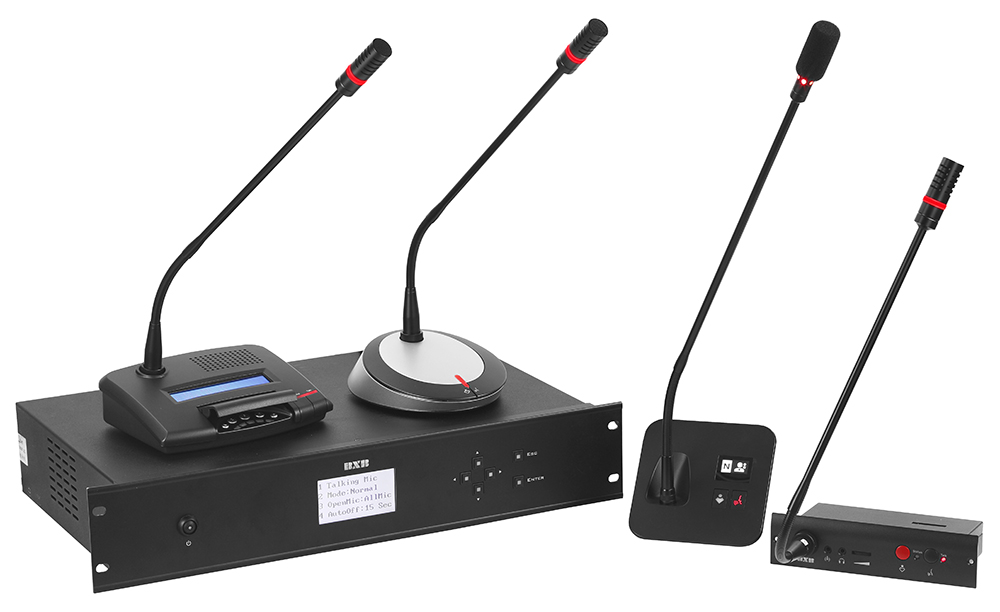
10
Audio System for Meeting and Conference Room
The Meeting and Conference Room Audio System is a system designed to provide high-quality and clear audio experience in large events, meetings, and conferences. This system includes a range of devices and technologies dedicated to distributing sound effectively and evenly covering the room, ensuring all participants can hear the content clearly and without interference.
Features of the Meeting and Conference Room Audio System include:
- Main Sound Systems: This includes main sound devices such as speakers, microphones, recording equipment, and sound control devices that contribute to producing and distributing high-quality and clear sound.
- Wireless Reception System: Allows participants to receive clear sound without interference through wireless reception devices, ensuring a comfortable listening experience.
- Sound Distribution: Sound distribution technologies allow for even coverage of the room with sound and achieve balanced sound distribution throughout the space.
- Sound Control Technologies: Sound control technologies provide the ability to adjust sound levels and distribute them accurately according to users’ needs and event requirements.
- Integration with Visual Display Systems: The audio system can integrate with visual display systems such as screens and projectors to provide a seamless experience for participants.
The audio system in meeting and conference rooms plays an important role in enhancing the participants’ experience and ensuring effective content delivery, contributing to the success of the event and achieving its objectives more effectively.
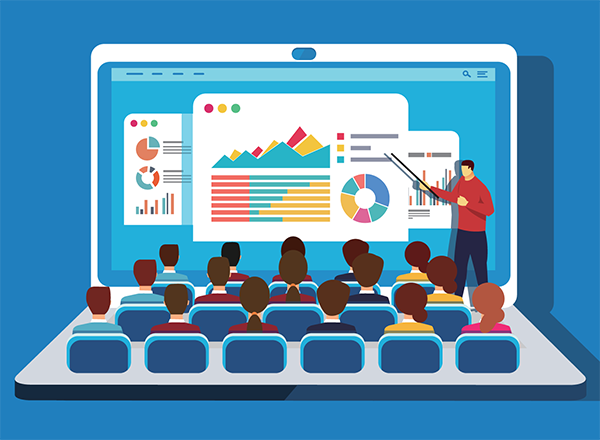
11
Lecture Recording System
The Lecture Recording System is a system designed to record the audio and visual content of lectures and lessons in educational or academic environments. This system includes a set of specialized devices and technologies that assist in recording content with high quality and provide capabilities for editing, sharing, and future use of the recorded materials.
Features of the Lecture Recording System include:
- Visual Recording Cameras: Provide high-definition cameras for recording visual video of the lecture, allowing students to follow the lessons and explanations clearly.
- High-Quality Microphones: Provide high-quality microphones for recording audio clearly and accurately, facilitating understanding of the content and concepts presented in the lecture.
- Digital Recording Systems: Allow for digital recording of audio and video, facilitating editing, sharing, and electronic publishing of recorded materials.
- Live Streaming Platforms: Enable the live streaming of lectures online for students who cannot attend in person, increasing accessibility and interactivity in education.
- Control and Editing Systems: Provide systems for editing recorded content and adding comments, annotations, and illustrations, facilitating the provision of value-added content to students.
The Lecture Recording System contributes to improving the quality of education and increasing access to educational content. It also facilitates self-directed learning and provides opportunities for using recorded materials in future learning and review.
